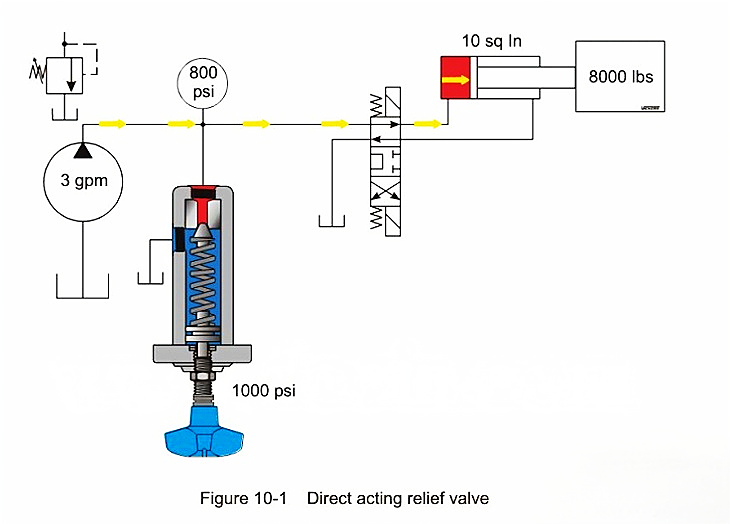How Does Hydraulic Pressure Work?
Hydraulics is a powerful technology that uses liquid pressure to transmit power. Understanding how hydraulic pressure works is key to grasping the operation of many machines.
Hydraulic pressure is generated by a pump. The pump forces fluid, usually oil, into a closed system. Because liquids are nearly incompressible, this action creates a consistent pressure throughout the fluid. The pressure is measured in units like Pascals (Pa) or pounds per square inch (psi).
This pressure can then be used to drive loads. According to Pascal's Law, pressure applied to a confined fluid is transmitted undiminished in all directions. When the pressurized fluid acts on a piston in a cylinder, it exerts a force. The size of the piston determines the amount of force generated - a larger piston area results in a greater force for the same pressure. This force can be used to lift, push, pull or rotate various components.
A simple example of a hydraulic station application is a car lift. The hydraulic station contains a pump that pressurizes the oil. This pressurized oil is sent to a cylinder under the lift platform. As the oil enters the cylinder, it pushes the piston upward, lifting the car. The pressure from the oil provides the necessary force to overcome the weight of the vehicle.
In summary, hydraulic pressure is created by a pump and used to drive loads through the action of pressurized fluid on pistons. This principle allows for efficient and powerful operation in a wide range of applications.

In a hydraulic system, the size of the piston directly influences the force generated due to the relationship between pressure, force, and area. Here's a concise breakdown:
Key Principle:
Pressure (P) is force (F) per unit area (A):
P=F/A or F=P×A
For a given pressure, a larger piston area (A) results in greater force (F), while a smaller area reduces force.
How It Works:
Pressure Transmission:
Pascal’s Law states that pressure in a confined fluid is equal in all directions. When a pump applies pressure to the fluid, it acts uniformly on all pistons in the system.
Force Amplification:
In systems like hydraulic presses or lifts, a small input piston generates pressure with minimal force.
This pressure acts on a larger output piston, multiplying the force proportionally to the area ratio.
Example: If the output piston area is 10× larger than the input piston, the output force is 10× greater (assuming no losses).
Trade-Off:
Increased force comes at the cost of reduced movement distance. Since work (force × distance) is conserved, the output piston moves a shorter distance than the input piston.
Real-World Example:
A hydraulic car lift uses a small pump piston to pressurize fluid, which then acts on a much larger lift piston. The large piston’s area amplifies the force enough to lift a heavy vehicle, while the pump piston moves a longer distance to compensate for the shorter lift travel.
Summary:
The piston area determines force output in a hydraulic system. Larger pistons generate more force for the same pressure, enabling force multiplication. This principle underpins the efficiency of hydraulic machinery, balancing force and movement to perform heavy-duty tasks.